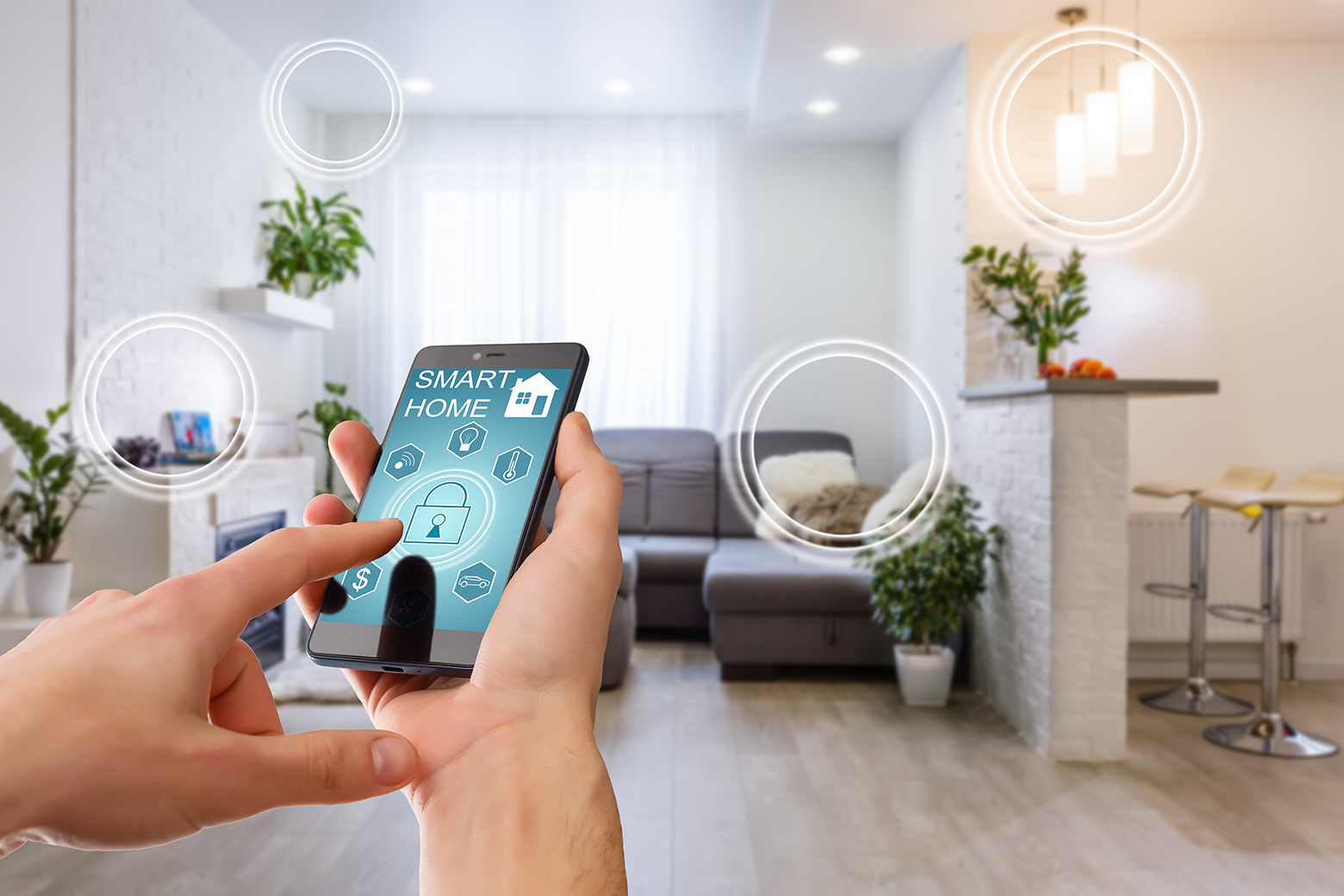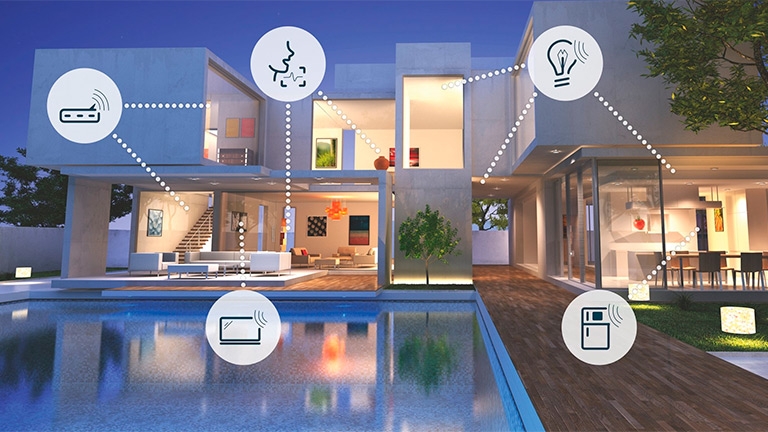In todays fast-paced world, ensuring the safety and well-being of children is a priority for many homeowners and businesses. With advancements in technology, particularly AI in child monitoring systems, parents and caregivers now have powerful tools at their disposal to keep their little ones safe and secure. But how exactly is AI transforming child monitoring, and what benefits does it bring to the table?

The Rise of AI in Child Monitoring
The integration of AI in child monitoring systems is not just a trend; its a revolutionary shift in how we approach child safety. These systems leverage artificial intelligence to provide real-time insights and alerts, ensuring that children are always in a safe environment. From smart cameras to wearable devices, AI has made its mark by offering solutions that are not only efficient but also intuitive.
Smart Cameras and Surveillance
One of the most common applications of AI in child monitoring is in smart cameras. These devices are equipped with facial recognition, motion detection, and even emotion recognition capabilities. For instance, a smart camera can alert parents if a child leaves a designated safe zone or if there is unexpected movement in their vicinity. This level of monitoring provides peace of mind, knowing that parents can be immediately informed of any suspicious activity.
Interested in making your home safer for your kids? Check out these safe smart tech for kids options.
Wearable Technology
Wearable devices have also become a significant part of the AI-driven child monitoring landscape. These gadgets, often in the form of bracelets or watches, can track a childs location, heart rate, and activity levels. With AI algorithms, these devices can learn typical patterns and send alerts if something seems out of the ordinary. For businesses involved in childcare, such technology can be invaluable in ensuring the safety and health of children under their care.
Benefits of AI in Child Monitoring
The benefits of incorporating AI in child monitoring systems are vast and varied. From enhanced security to personalized insights, AI offers solutions that traditional monitoring systems simply cannot match.
Enhanced Security
AI systems can process large amounts of data quickly, identifying potential threats and alerting parents or caregivers in real-time. This immediate response capability is crucial in preventing accidents or responding to emergencies.
Personalized Insights
AI's ability to learn and adapt means that it can offer personalized insights into a childs behavior and routines. For example, parents can receive updates on their childs sleep patterns or activity levels, helping them make informed decisions about their childs well-being. Consider setting up a smart study room to optimize learning and safety.
Challenges and Considerations
While the advantages are clear, integrating AI in child monitoring systems does come with its set of challenges. Privacy concerns, data security, and the cost of implementing such systems are significant considerations for both homeowners and businesses.
Privacy Concerns
With the increased use of AI, privacy concerns have become more prevalent. Ensuring that the data collected by these systems is secure and used ethically is paramount. Parents and businesses must choose systems that are transparent about their data practices and comply with relevant regulations.
Cost of Implementation
Implementing AI-driven child monitoring systems can be expensive. However, the long-term benefits often outweigh the initial costs. Its essential to weigh these costs against the potential risks and benefits to decide the best course of action.
For homeowners interested in smart home setups, this smart home guide provides a comprehensive overview.
Conclusion
The introduction of AI in child monitoring systems marks a significant advancement in how we approach child safety. These systems offer unparalleled benefits, from enhanced security to personalized insights. However, as with any technology, its crucial to navigate the challenges and considerations carefully. For homeowners and businesses, integrating AI into child monitoring not only provides peace of mind but also ensures a safer environment for the younger generation.
For more on AI's impact on education, explore AI-powered learning tools available for the home.

FAQ
What types of AI technologies are used in child monitoring systems?
AI technologies in child monitoring systems include smart cameras, wearable devices, and predictive analytics tools that track a child's activities and provide real-time alerts.
Are AI child monitoring systems affordable for most households?
While the initial costs can be high, many systems offer scalable solutions that can fit different budgets, making them increasingly accessible to a wider audience.
How do AI child monitoring systems ensure data privacy?
These systems often employ advanced encryption and data protection measures to ensure that any collected data is secure and used in compliance with privacy laws.

